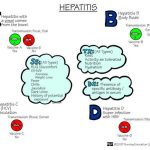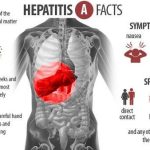
Two major groups of retroviruses are considered in this chapter: the oncoviruses (“onco-,” related to a tumor) and the lentiviruses (“lenti-,” slow). Oncoviruses have long been associated with a variety of cancers in animals, including leukemia, lymphoma, and sarcoma; however, until recent years, oncoviruses had not been found to infect humans. The first human retrovirus, human T-lymphotropic virus type 1 (HTLV-1), was discovered in the late 1970s. It was shown to cause adult T-cell leukemia, a rare malignancy found only in Japan, Africa, and the Caribbean (although serologic evidence shows that the virus also occurs in the United States and may be associated with some chronic neurologic conditions).










